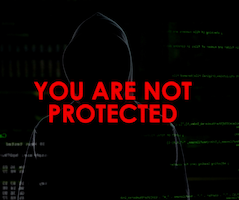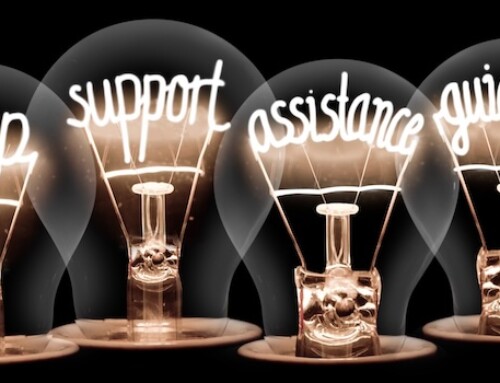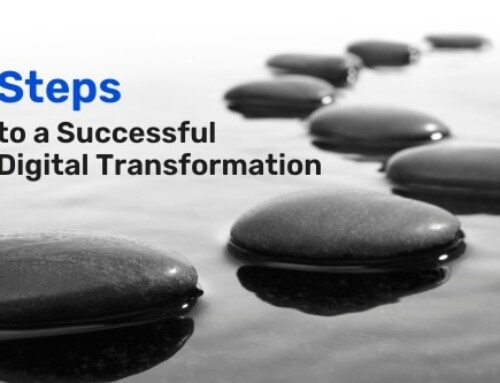A common misconception is that non-profit and membership organisations are not a target for cyberattacks. Even though your association may not have been affected by an attack, it is highly likely hackers are trying to breach your system every day.
This is why associations cannot sit on their laurels as hackers are becoming more advanced and the attacks are becoming more sophisticated. Cyber defences are updated frequently, as are the skills and techniques of attackers.
Attackers see the non-profit sector as a vulnerable target because they may have fewer cybersecurity measures in place than other sectors. Also, with up to hundreds of thousands of members signed up to your organisation, there is a lot of data and information hackers would love to get their hands on.
Review and Improve Your Systems in Less Than 60 Minutes
Even if you’re a non-tech savvy person, there are a few simple things you can do in your lunchbreak this week to review and improve your cyber defences and help promote a vigilant company culture.
1. Educate Yourself
Understand the basic concepts and risks of cybersecurity, such as phishing, malware and data breaches. Once you’ve read up on them, you will then have a clearer idea of what a suspicious link or download file might look like.
2. Review Policies and Procedures
Make sure that your organisation has well-documented policies and procedures in place to deal with cybersecurity incidents. This will help keep your members’ data secure and ensure your day-to-day running is impacted as little as possible if something were to happen.
3. Assess Technology
Ensure that your company is using up-to-date technology and software to protect against cybersecurity threats. There are many off-the-shelf solutions for managing all aspects of the day-to-day running for a membership body. It’s important this is all backed up with the very latest in cyber protection and firewalls.
If your website accepts online payments, make sure your payment gateways and up to date and secure. A payment gateway essentially encrypts the buyer’s bank details so that it can’t be read, even if someone intercepts the connection.
4. Evaluate Third-Party Risk
How does your organisation assess the risk posed by third-party vendors and contractors? How do you know your suppliers are doing their due diligence? A supplier risk assessment will give you a greater understanding of cyber and privacy risks from third parties.
This will help you identify cyber risks within your procurement chain and put a measurement on those risks.
Look out for accreditations such as Cyber Essentials which show suppliers take the necessary precautions surrounding cybersecurity.
5. Conduct A Security Audit
Hire an external cybersecurity company or expert to conduct an in-depth assessment of your organisation’s IT and infrastructure.
The review will provide you with a list of recommended actions your company must take to improve your cyber and security.
6. Foster A Culture of Security
Promote a culture of cybersecurity within your organisation by stressing the importance of keeping members’ data and internal systems safe.
Cybersecurity should not just fall to IT teams. It’s the responsibility of every end-point user to ensure they are following best practices and reporting all suspicious activity.
PSP Agile IT For 15 years, PSP has worked with chartered institutes and global membership bodies. In that time, we have built bullet-proof cybersecurity and business continuity strategies that have enabled them to secure their internal systems and keep their organisation running at maximum efficiency.
Visit our MemberWise directory listing to book a free IT consultation.










Leave A Comment